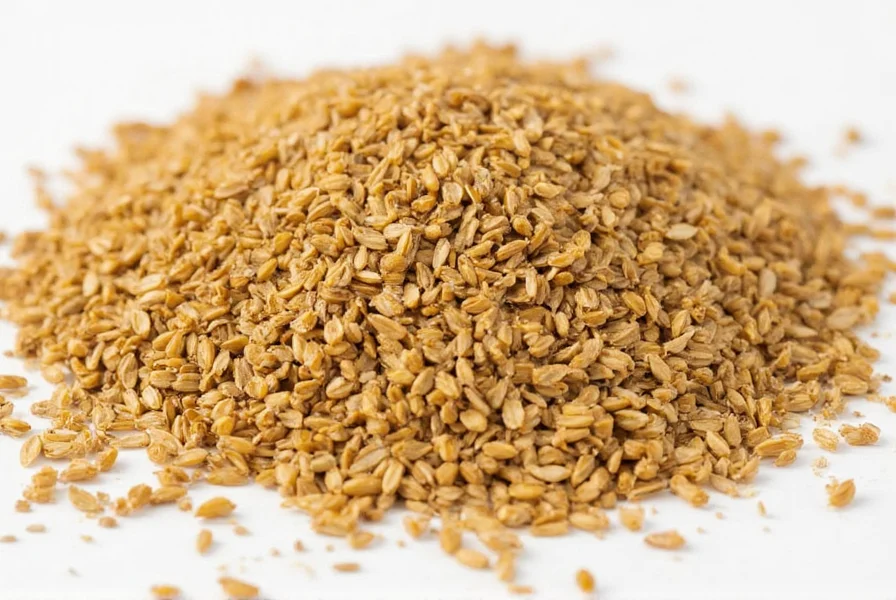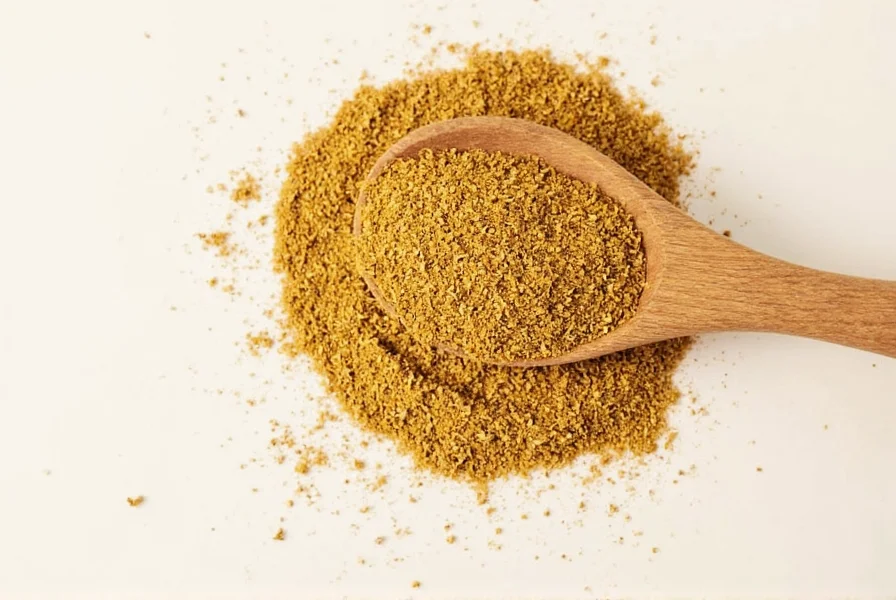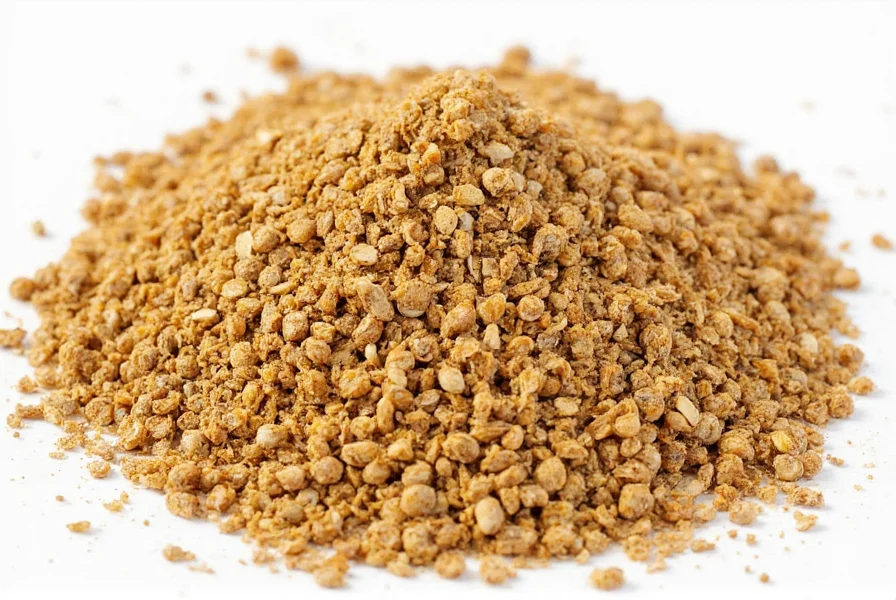Fenugreek, known scientifically as Trigonella foenum-graecum, delivers one of the most unique flavor profiles in the spice world. Understanding what does fenugreek taste like requires examining both its raw and cooked states, as heat dramatically transforms its flavor chemistry.
The Complex Flavor Profile of Fenugreek
When you first encounter raw fenugreek seeds, you'll notice an immediate moderate bitterness—similar to burnt coffee but less harsh. This bitterness quickly gives way to surprising maple syrup notes, particularly in the aftertaste. The distinctive fenugreek seed flavor profile includes:
- Nutty, roasted characteristics reminiscent of sunflower seeds
- Subtle caramel undertones that intensify with cooking
- Earthy, grassy notes that connect it to its legume family
- Faint celery-like qualities in fresh fenugreek leaves
- Maple syrup resemblance most pronounced in the seeds
The maple-like quality in fenugreek comes from sotolon, the same compound that gives real maple syrup its characteristic flavor. This explains why many people describe how does dried fenugreek taste as having that distinctive sweet-bitter duality.
Fenugreek Forms and Their Taste Differences
Fenugreek appears in multiple culinary forms, each with distinct flavor characteristics:
| Fenugreek Form | Taste Profile | Bitterness Level | Best Culinary Uses |
|---|---|---|---|
| Raw Seeds | Moderate bitterness, strong maple notes, nutty undertones | High | Dry roasting before use, spice blends |
| Roasted Seeds | Reduced bitterness, enhanced caramel notes, deeper nuttiness | Medium | Curry bases, pickling, breads |
| Fresh Leaves | Mild bitterness, herbal, slightly sweet, celery-like | Low | Salads, chutneys, garnishes |
| Dried Leaves (Kasuri Methi) | Concentrated earthiness, reduced bitterness, intense aroma | Medium-Low | Finishing touch for curries, breads |

How Cooking Transforms Fenugreek's Flavor
Understanding what does fenugreek taste like when cooked is crucial for culinary success. The magic happens through the Maillard reaction and caramelization:
When dry roasted, fenugreek seeds undergo remarkable transformation. The initial bitterness decreases by approximately 40-50% while the maple and nutty notes intensify. In liquid-based cooking like curries, fenugreek's flavor mellows significantly after 15-20 minutes of simmering, integrating seamlessly with other spices.
Chefs often employ a technique called tadka or tempering—heating fenugreek seeds in oil at the beginning of cooking. This method extracts maximum flavor while reducing bitterness. The oil carries fenugreek's essence throughout the dish, creating complex flavor layers that define many Indian and Middle Eastern specialties.
Comparing Fenugreek to Familiar Flavors
For those wondering does fenugreek taste like maple syrup, the connection exists but isn't identical. Real maple syrup has a cleaner sweetness, while fenugreek offers that maple note alongside earthy, bitter elements. Think of fenugreek as maple syrup's more complex cousin that brings additional dimensions to dishes.
Some food scientists note that fenugreek's flavor profile shares compounds with:
- Curry powder (due to shared spice components)
- Aged cheese (particularly in its savory umami notes)
- Roasted nuts (especially sunflower and pumpkin seeds)
- Caramelized onions (in its sweet-bitter balance)
Culinary Applications Based on Flavor Profile
Knowledge of how fenugreek tastes in recipes helps determine appropriate usage:
In Indian cuisine, fenugreek seeds appear in curry bases and pickling solutions where their bitterness balances sweetness. The leaves (fresh or dried) finish dishes like butter chicken, adding depth without overwhelming bitterness. Ethiopian cuisine uses fenugreek in berbere spice mixtures, where its maple notes complement chilies and other warm spices.
For home cooks experimenting with fenugreek, start with small amounts—1/4 to 1/2 teaspoon of seeds per dish. Remember that fenugreek taste comparison to more familiar ingredients helps adjust quantities. If a recipe calls for fenugreek and you're unfamiliar with its flavor, consider substituting a pinch of celery seed plus a tiny bit of maple extract to approximate the profile.

Managing Fenugreek's Bitterness
The bitterness in fenugreek concerns many first-time users. Several techniques effectively moderate this characteristic:
- Dry roast seeds in a pan until golden (reduces bitterness by 40-50%)
- Soak seeds in water for 2-3 hours before use
- Combine with sweet ingredients like tomatoes or onions
- Use in conjunction with fats like ghee or coconut milk
- Add toward the end of cooking when using dried leaves
Professional chefs note that balancing fenugreek's bitterness creates more complex, restaurant-quality dishes. The interplay between bitter, sweet, and savory elements defines many beloved global cuisines.
Fenugreek Substitutes When Flavor Isn't Preferred
If you're wondering what tastes similar to fenugreek for substitution purposes, consider these options based on which aspect you want to replicate:
- For maple notes: A tiny bit of maple extract (use sparingly)
- For nutty elements: Ground sunflower seeds or roasted cumin
- For earthy qualities: Fennel seeds or celery seed
- Complete substitute: Commercial curry powder (less authentic)
Remember that no single substitute perfectly replicates fenugreek's unique profile. The closest approximation combines 1/4 teaspoon celery seed with a pinch of maple extract and a tiny bit of roasted cumin.
Final Thoughts on Fenugreek's Distinctive Taste
Understanding what does fenugreek taste like unlocks its potential in your kitchen. This ancient spice offers a complex flavor journey—from initial bitterness to lingering sweetness—that elevates dishes when used thoughtfully. As your palate becomes familiar with fenugreek's distinctive profile, you'll appreciate how its unique combination of maple-like sweetness, nutty depth, and subtle bitterness creates culinary magic in both traditional and innovative recipes.











 浙公网安备
33010002000092号
浙公网安备
33010002000092号 浙B2-20120091-4
浙B2-20120091-4